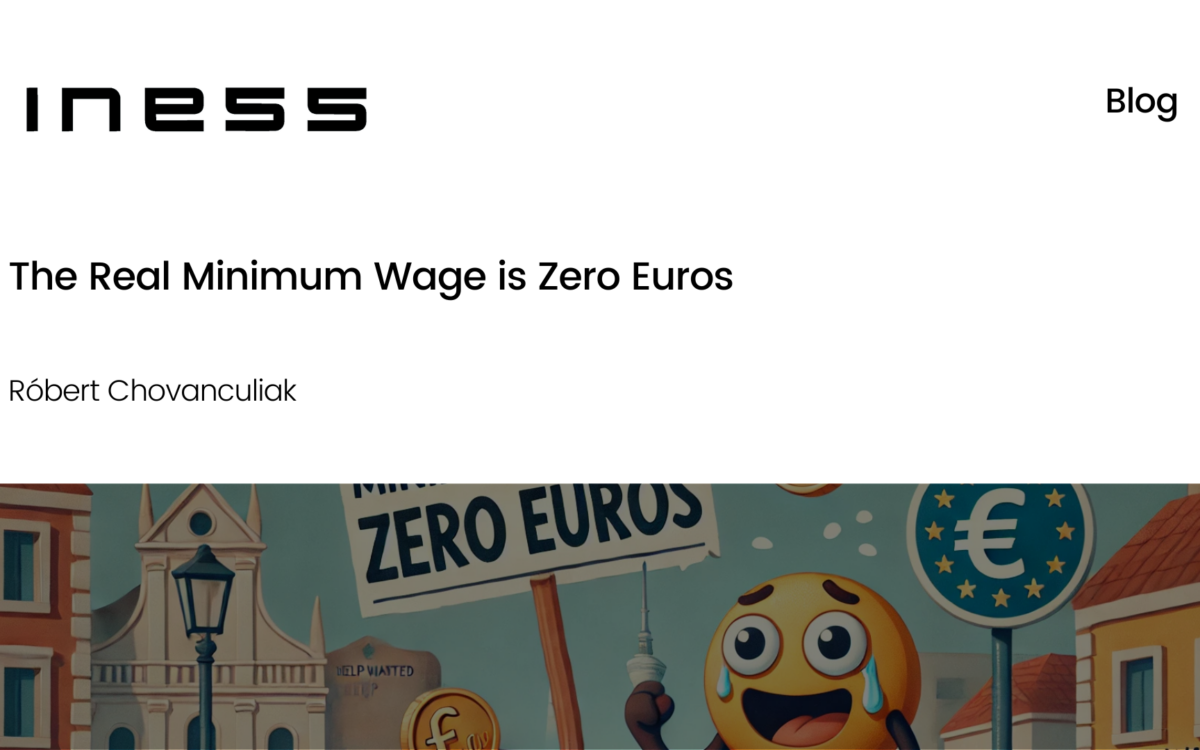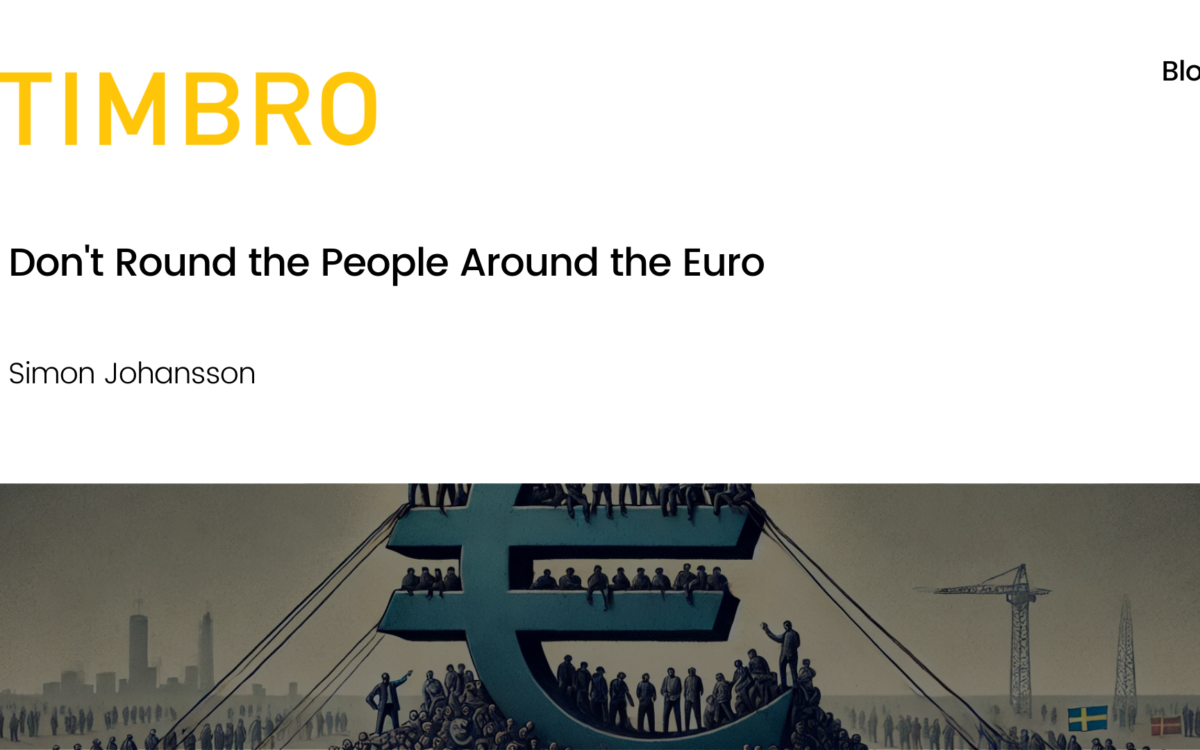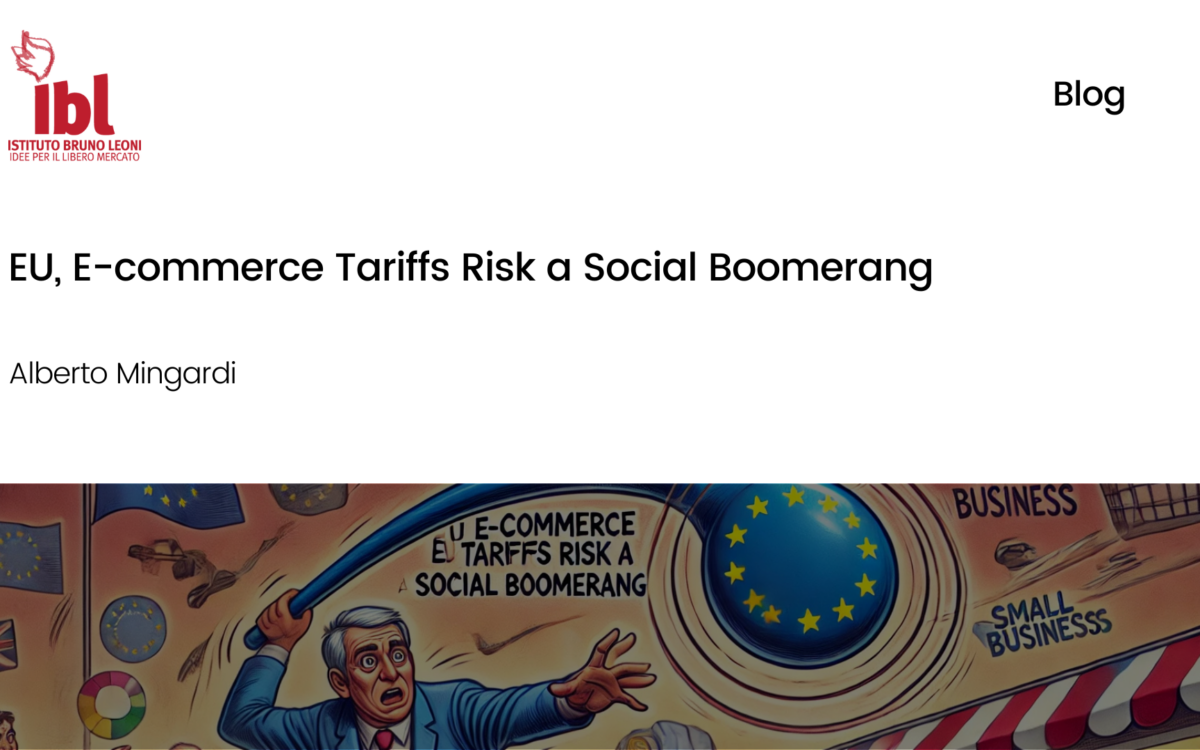EU Gas Security: A Supply-side Solution

EU Gas Security: a Supply-side Solution
Tom Dustow // 8 September 2022
In early September, Gazprom announced an indefinite shutdown of the key Nord Stream 1 pipeline, which normally accounts for one-third of Russian gas imports into Europe. This means that European gas prices are up 400 per cent year-on-year, and supplies are at an all-time low, following months of increasing Russian export restrictions as part of EU economic sanctions. Citizens in member states have been suffering as a result of price increases. Therefore, finding a solution to the instability in the energy market is essential.
Weakening the sanctions on Russia in exchange for gas must not be considered – such capitulation to Putin’s aggression would portray Europe as a weak and unreliable actor, undermine current sanctions, and most devastatingly, provide Russia the funds to extend its war in Ukraine. Therefore, there are three potential solutions: i) redistribute gas within the EU, ii) decrease demand, or, iii) increase the supply of alternative gas.
Unfortunately, the current EU gas solidarity supply rules, which aim to distribute the burden of gas shortages among member states, are inadequate. Regulation (EU) 2017/1938 includes a solidarity mechanism that supposedly guarantees that ‘protected customers’ (households and hospitals) will continue to receive gas even during a severe crisis. However, in practice, this requires bilateral agreements between countries to actually implement transfers, of which few currently exist. Only six bilateral agreements have been made thus far, demonstrating that the current potential for redistribution is limited.
In any case, gas solidarity mechanisms are only a short-term solution. The narrow definition of ‘protected customers’ means that although households and hospitals will receive uninterrupted power, other public services, businesses, and industrial facilities will not. This is bound to cause untold economic damage, especially in the most gas-reliant member states, and increase the likelihood that certain EU states will be forced to circumvent sanctions to prevent financial ruin. Therefore, gas redistribution per EU solidarity rules is neither scalable nor sustainable.
For the upcoming winter, member states have agreed to decrease the gas demand by 15 per cent between August 2022 and March 2023. However, this is neither sufficient nor sustainable. A demand reduction of 15 per cent, equivalent to approximately 62 billion cubic metres (bcm) of gas, would nominally be enough (assuming record-high import levels). Yet achieving this is unlikely in reality given the extensive (but essential) exemptions offered to member states that have limited gas interconnections to other states or are heavily dependent on gas to operate critical industries. Demand reductions are only intended as a short-term solution in the upcoming months, and it will be politically difficult to re-implement such reductions in the future.
Therefore, supply-side solutions must be considered. However, options for increasing imports are limited. Imports from Norway, North Africa, and Azerbaijan have been at maximum capacity (144 bcm/year) since before the invasion. Furthermore, although liquefied natural gas (LNG) imports have been increasing, the EU is approaching its maximum technical capacity (160 bcm/year). Currently, the limiting factor for LNG imports is the scarcity and distribution of import terminals that are required for gasification, and not global supplies, as LNG exports to the EU from nations such as Qatar, Australia, and the USA have been increasing.
The policy recommendation is therefore clear. In addition to reducing demand, the EU must invest heavily in increasing its LNG import capacity to meet the gas demand of the continent. Constructing additional LNG terminals that increase capacity by 100 bcm/year would imply a total import potential of 260 bcm of LNG, in addition to 144 bcm of gas from non-Russian pipelines, which is more than sufficient to meet EU gas import requirements (338 bcm in 2021). Importantly, these additional LNG terminals must be based in countries such as Germany and the Baltics, where the current gasification capacity is extremely low compared to that of other member states such as Spain, France, and Belgium. Given that ‘internal EU bottlenecks on infrastructure prevent sufficient transportation of gas from west to the east of Europe and from south to north’, evenly distributing gasification capabilities is vital to ensure that LNG reaches those central and eastern member states who most rely on Russian gas.
Still, constructing import terminals is a lengthy process – it would take approximately 2–5 years. Therefore, this policy recommendation is a medium-term option, which would bridge the divide between short-term solutions for the upcoming winter crisis and the long-term one of fully transitioning to renewable sources. In early September, the EU reached its target of realising 80 per cent gas storage capacity two months ahead of schedule, thus ensuring sufficient supply for this winter (this was further facilitated by the demand reductions). Therefore, the focus must now shift to gas security in the upcoming years. Investing in LNG import capacity, in conjunction with the aforementioned short-term solutions, is vital to securing EU energy without undermining the sanctions on Russia.
EPICENTER publications and contributions from our member think tanks are designed to promote the discussion of economic issues and the role of markets in solving economic and social problems. As with all EPICENTER publications, the views expressed here are those of the author and not EPICENTER or its member think tanks (which have no corporate view).



